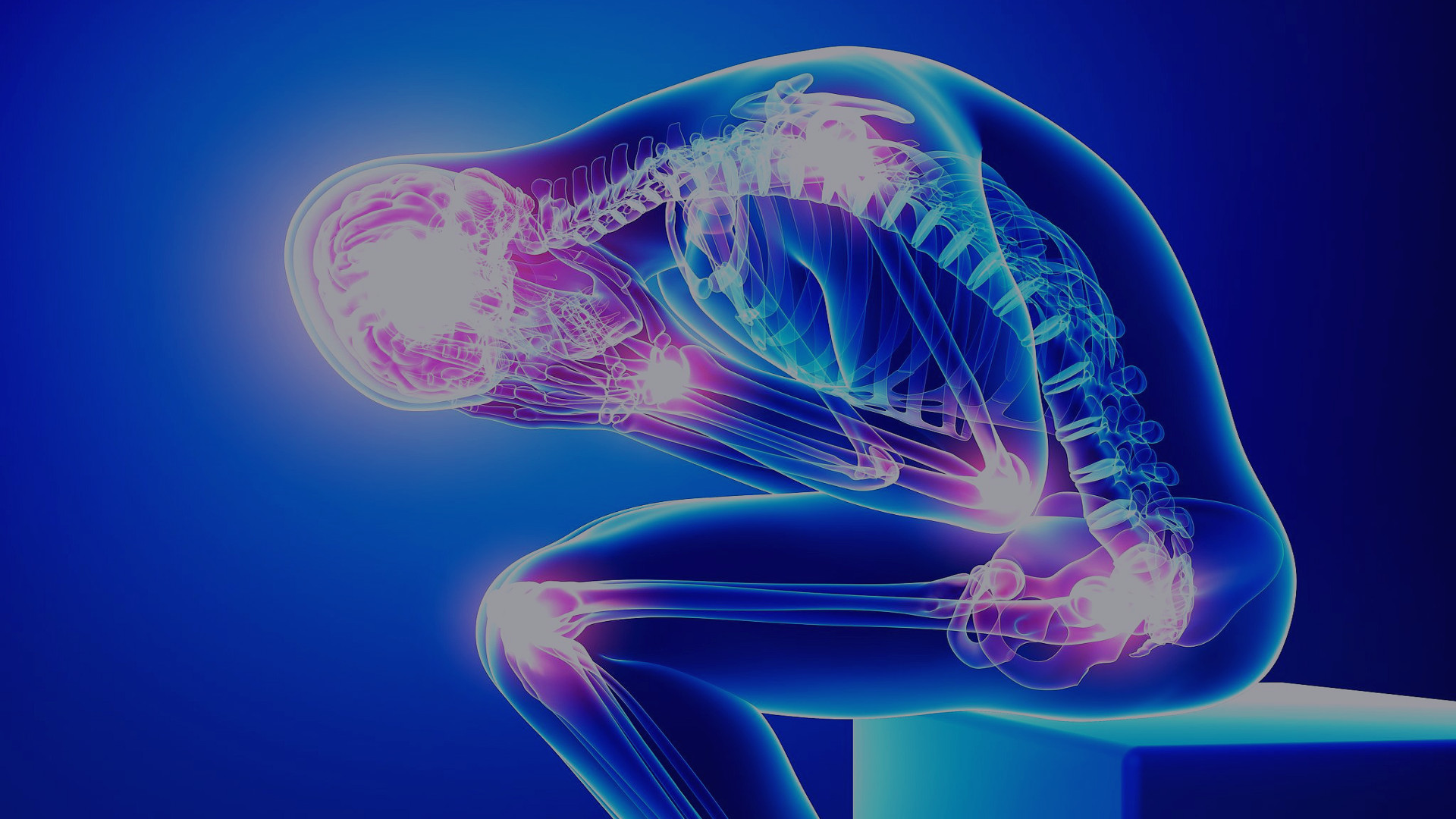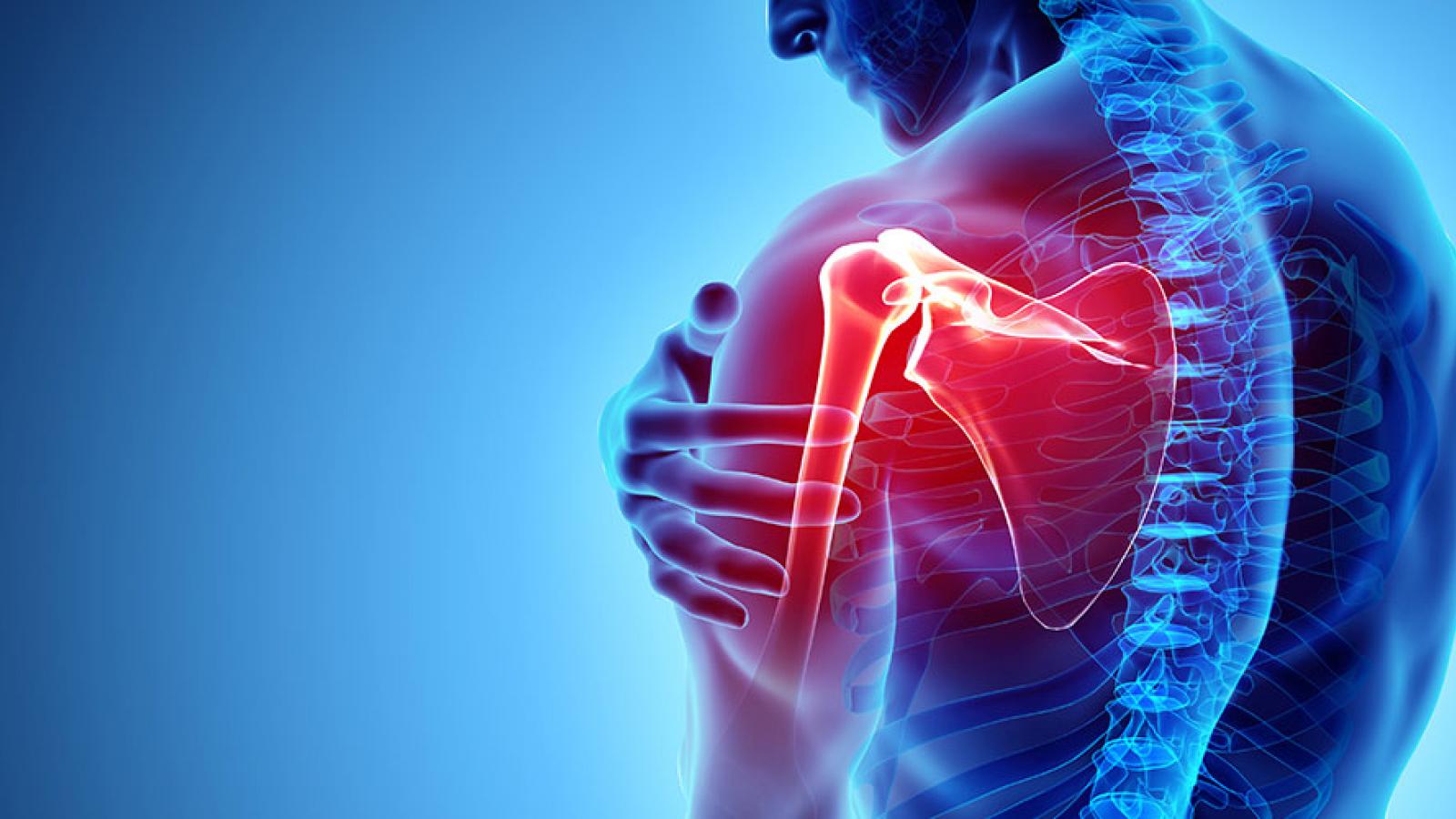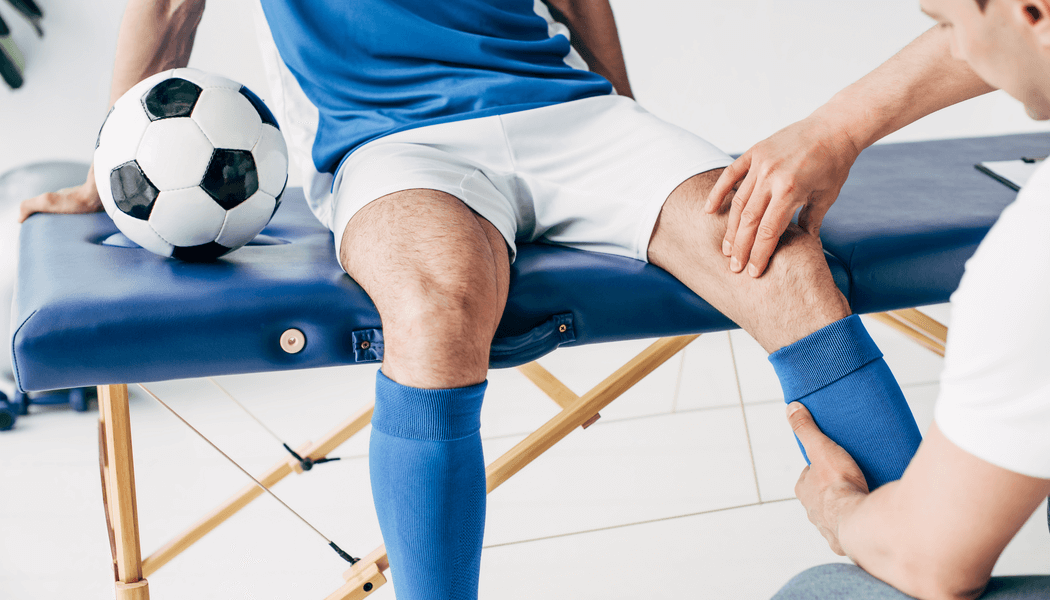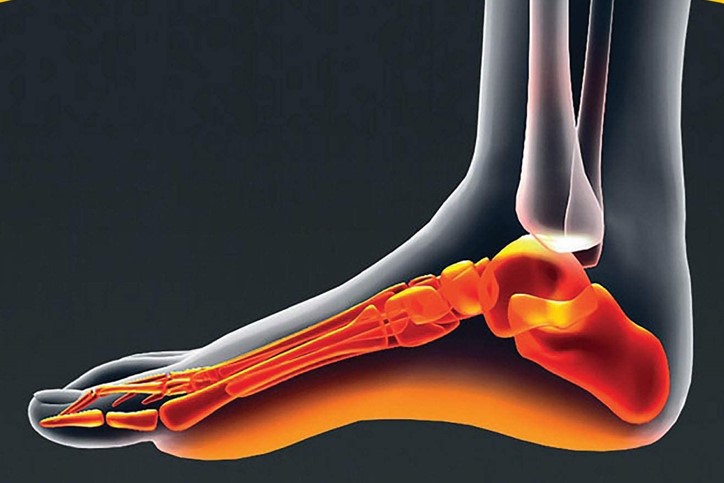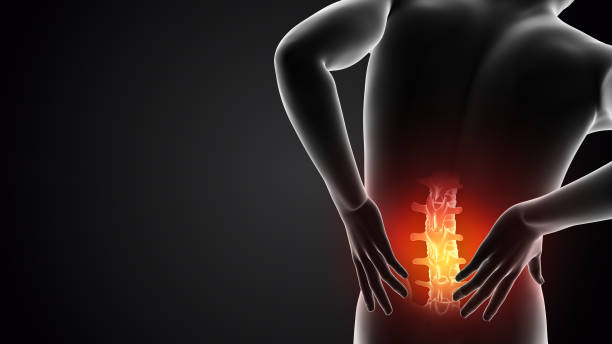
Herniated Disc
A vertebral column is a functional unit that houses and protects the fragile spinal cord. The vertebral column is composed of vertebral discs separated by intervertebral discs. The intervertebral discs cushion the vertebrae and act as shock absorbers to resist changes in tension and sudden strain on the vertebral column.
As we grow older, several factors can cause these intervertebral discs to deteriorate leading to a herniated disc. At OsteoSpineCenter, the *ABDOUCHMETHODOCH* solution for herniated discs is a non-surgical solution. Mr. ABDELHAMID treats a herniated disc through osteo-chiropractic manipulations, allowing your body to heal naturally.
What is a Herniated Disc?
A herniated disc or bulging disc is a condition wherein a disc protrudes outside of the normal radius in the spine. A person suffering from this condition may not even know anything is wrong until the bulging disc presses on a nerve in the spinal column and starts causing excruciating pain. Depending on the location on the spine, a herniated disc can cause pain and loss of range of motion.
Vertebral discs are susceptible to damage and may herniate, bulge, or rupture with inappropriate movement or as a result of trauma. A soft, gelatinous interior (nucleus pulposus) and a tough outer layer (annulus fibrosus) make up vertebral discs. In a herniated disc, the annulus fibrosus splits, which enables the interior gel-like substance to push outwards.
A bulging disc occurs when there is a bulging of the disc’s outer layer due to a damaged or weakening outer wall. AT OsteoSpineCenter, we understand how painful and difficult it can be to suffer from this debilitating spine condition. Chiropractic care is one of the most popular alternative treatments to treat a herniated or bulging disc.
Symptoms of a Herniated Disc
Although disc herniation can occur anywhere along the spine, it occurs in the neck and lower back. This is because these spine regions are the most flexible and experience wear and tear, resulting in decreased fluid content. While an injury or sudden movement can result in a herniated disc, most herniations occur gradually, with the associated pain developing over time. The decision to seek treatment is typical, made when pain and symptoms worsen.
Symptoms usually originate at the location of the bulging disc and could travel along the affected nerves. Below are some of the common symptoms:
- Back pain
- Neck pain
- Leg pain
- Arm pain
- Stiffness
- Tenderness of the spine
- Loss of bladder or bowel control
- Slow reflexes
Naturally, symptoms will vary depending on where along the spine the disc herniates. Getting advice and treatment from a herniated disc specialist is important to minimize pain and prevent your symptoms from worsening.
What Can Cause a Herniated Disc?
Herniated discs can result from several factors. While one trigger, such as a rapid movement that injures the disc, may result in a herniated disc, the condition is more frequently brought on by a combination of stressors over time. Common causes of a herniated disc include:
- Age: Aging is one of the most common causes of a bulging or herniated disc. As we age, the shock-absorbing spinal discs lose their water content and elasticity, making them stiffer and more prone to damage or injury. Any minor trauma increases the pressure of the disc’s central core and puts a lot of stress on the outer layer.
- Physical trauma: Physical trauma is another major cause of a herniated disc. A disc undergoes strain which could lead to a herniation when you twist suddenly or lift heavy items. Additionally, high-impact trauma from a fall or automobile accident might cause a disc to rupture. Research has also indicated that herniated discs may run in families, so if you are obese or have a history of the condition in your family, you may be at increased risk.
- Sports activities
- Improper lifting activities
- Repetitive movements like lifting, bending, standing, or driving
- Unhealthy habits like smoking and drinking
How is a Herniated Disc Diagnosed?
Before a herniated disc is diagnosed, your chiropractor will first obtain your medical history and inquire about your physical activity, family history, and other relevant medical examination. Next, your chiropractor will perform a thorough physical examination that usually involves the “straight leg raise test” to observe if there is impingement of a spinal nerve.
After obtaining your medical history and performing a physical exam, your chiropractor will usually order imaging studies to confirm the diagnosis of a herniated disc. Common imaging studies performed to diagnose a herniated disc include:
- Magnetic resonance imaging (MRI): The spinal cord, nearby soft tissue, and nerves can be visualized thanks to this technology. An MRI scan is the best imaging test that can be performed to confirm a diagnosis of a herniated disc.
- Nerve Conduction Studies (NCS) and Electromyogram (EMG): These tests are normally only carried out when the results from MRIs and a physical examination are unclear and your Houston herniated disc specialist suspects the presence of other disorders.
- X-rays: Due to their difficulty in capturing soft tissues like discs and nerves, x-rays are not the preferred imaging medium for diagnosing a herniated disc. However, an x-ray may be performed as a first step in ruling out other conditions, including fractures or bone spurs.
Treatment for Herniated Disc in Houston
Mr. ABDELHAMID uses a multi-pronged approach when treating herniated discs. His signature adjustment for herniated discs is the Non-Surgical Manual Spinal Neural Decompression adjustment on the Y axis,
Benefits of trying *ABDOUCHMETHODOCH* for a Herniated Disc
- Drug-Free Pain Relief: Pain relief drug medications can be extremely addictive. *ABDOUCHMETHODOCH* care offers relief from pain without the need for addictive drugs or medications and heals the body from within, not just masking the pain.
- Reduces inflammation: *ABDOUCHMETHODOCH* care relieves pressure on the nervous system and helps the body release anti-inflammatory substances, reducing inflammation and alleviating pain.
